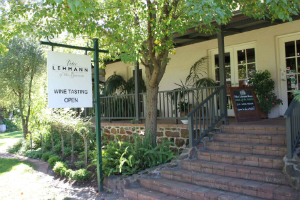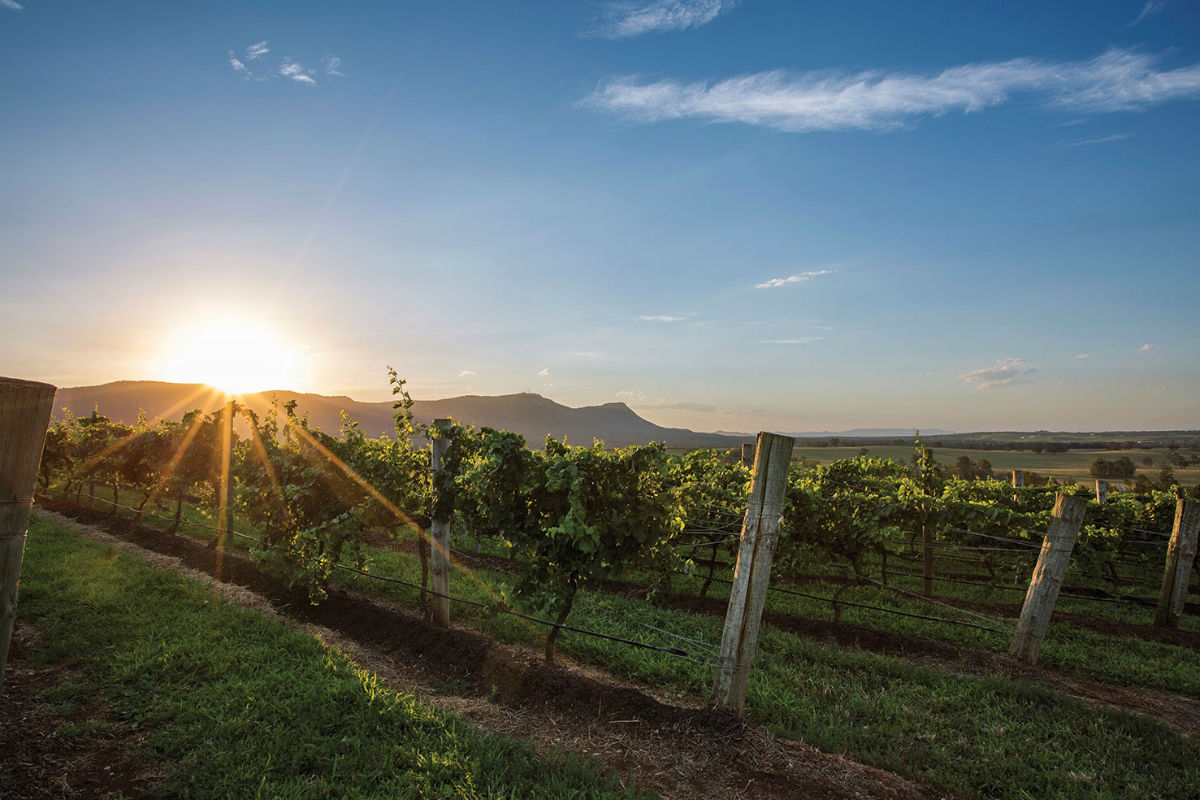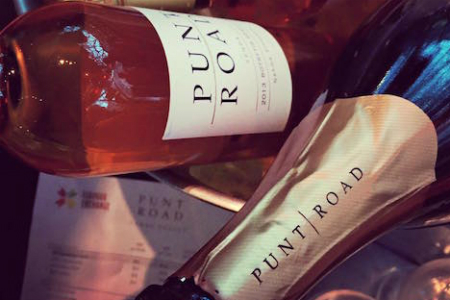Australian Wine Regions
Wine in Australia
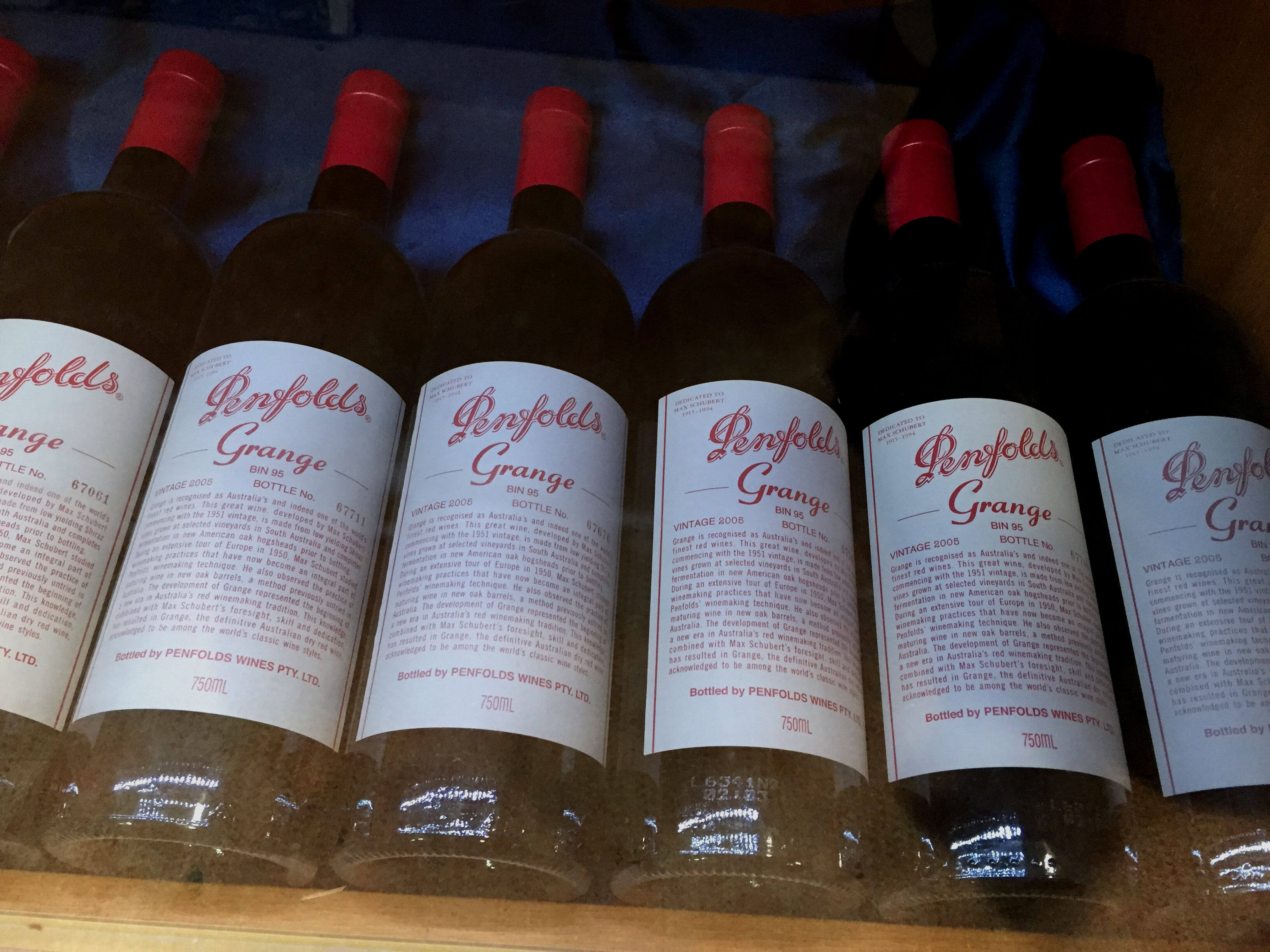
A Brief History of Australian Wine
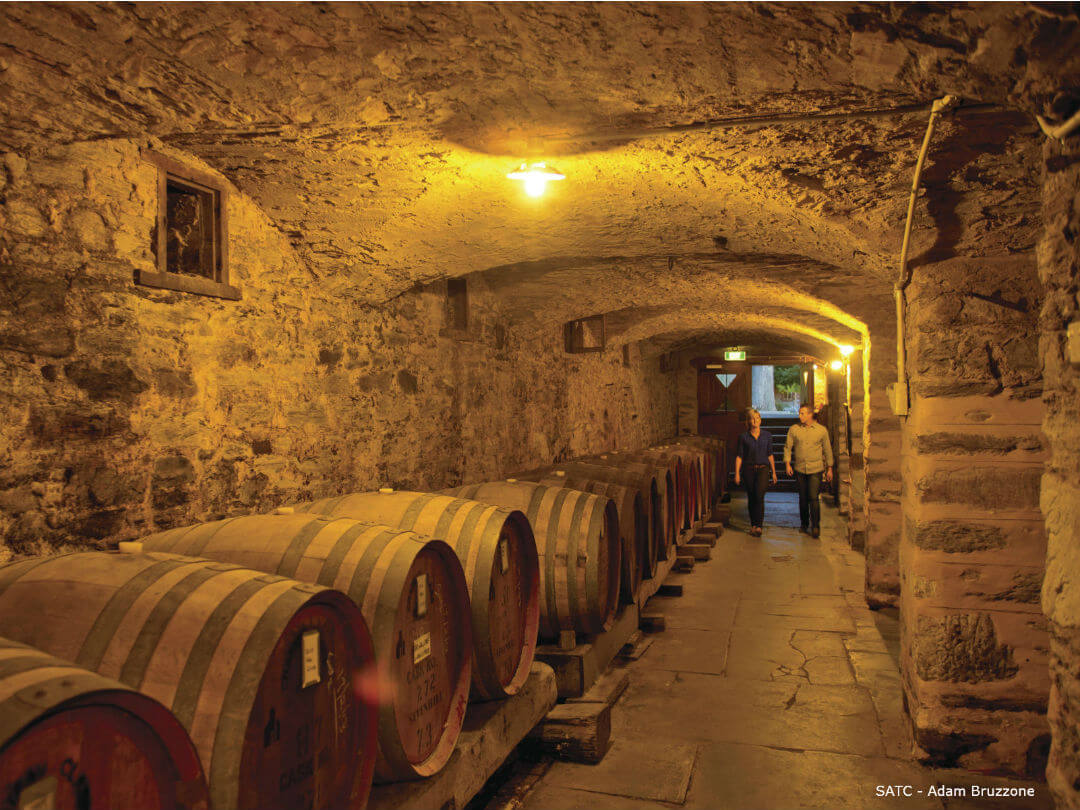
Australian Wine Regions
Wine is grown in every state and territory in Australia. Within each state and territory there are numerous local wineries, some make traditional wines and others produce very locally oriented wines, such as Mango wines from Mareeba in Far North Queensland.
Around the world most of the significant wine growing regions are between the 30th and 50th degree of latitude where the climate is most suitable for the grapes.
In Australia, there are tours to the more popular regions including the Barossa Valley, Yarra Valley, Clare Valley, McLaren Vale, Mornington Peninsula, Hunter Valley, Margaret River and Swan Valley.
‘Australia’s first grape cuttings arrived with the first fleet’
The Aussie Wine Cask
In February 1965 the famous “wine cask” was invented by Thomas Angove of Angove Wines from South Australia. Everyone now could afford to buy wine and for a lot of Australians this was their first foray into the wonderful world of wine! Over the years there have been many ‘nick names’, stories and jokes at the expense of the cask, our favourite “Chateau Cardboard”.
In 2015 the wine cask celebrated its 50th birthday!
In the early 80’s, 60% of wine consumed was from a cask, in 2015 it was down to 16%. Could this be the end of the cask or will it become fashionable again, only time will tell.
What the cask did help was introducing Australian’s to wine. Today, Australia is the fourth largest exporter of wines in the world, extraordinary when you consider the population of the country. The statics are amazing, 1.19 billion litres of wine is produced annually and Australians consume nearly 500 million litres of that total per year.
Australian Shiraz is famous the world over. In France the grape is known as Syrah however Australia changed the name to Shiraz long ago.
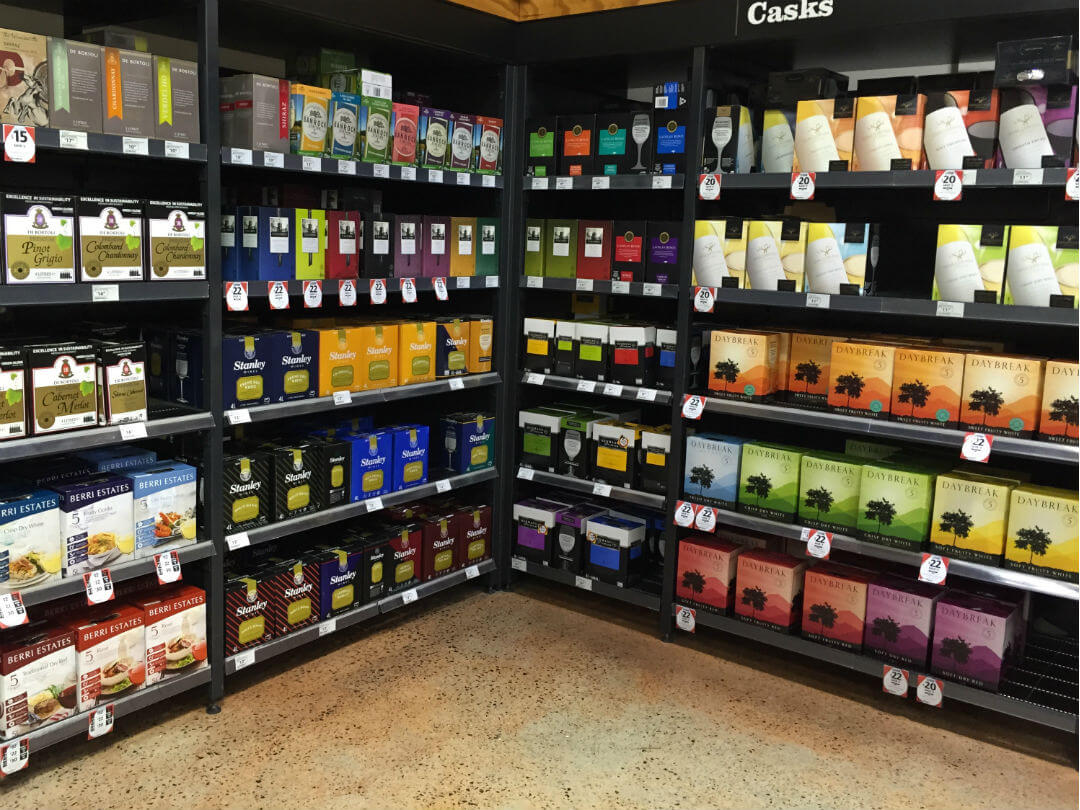
Wine Labeling
In Australia for a grape variety to appear on the wine label it must be at least 85% of the total of the wine.
If the wine has more than one grape blend it must list the grapes in order of importance with the exact percentages listed of each grape.
If the wine is labelled by region it has to have at least 85% of the grapes sourced from that area.
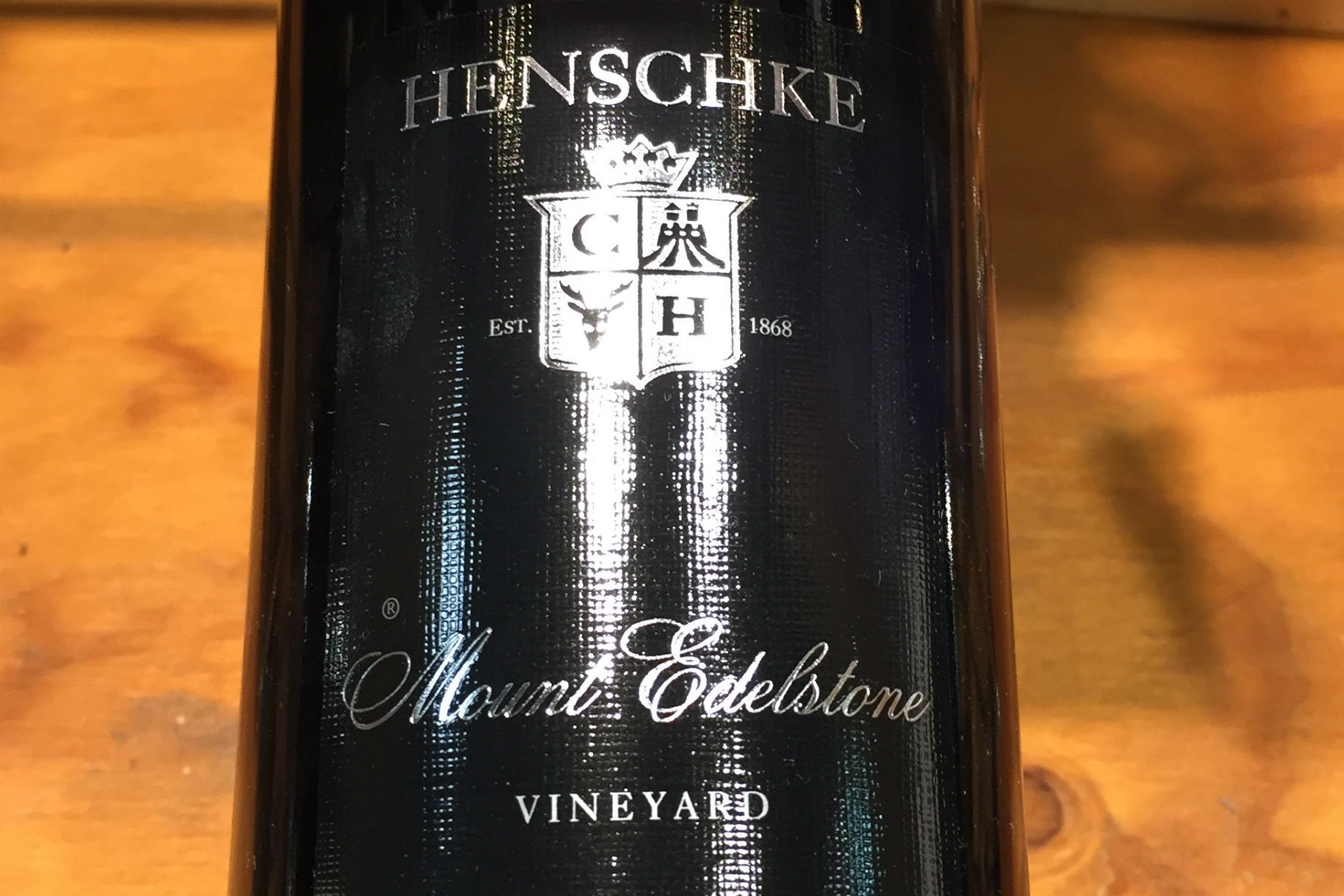
Developing a Taste for Wine
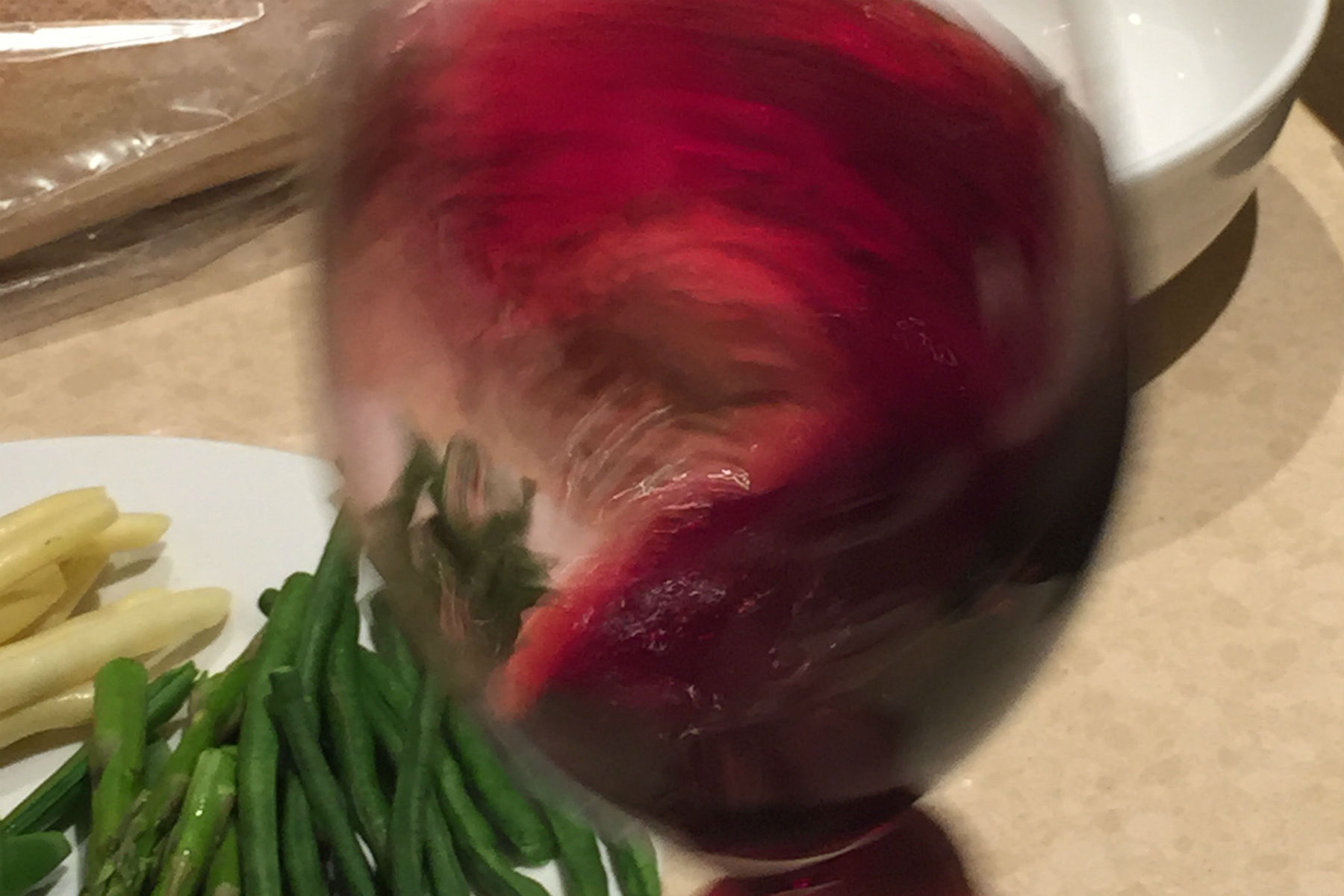
Food and Wine
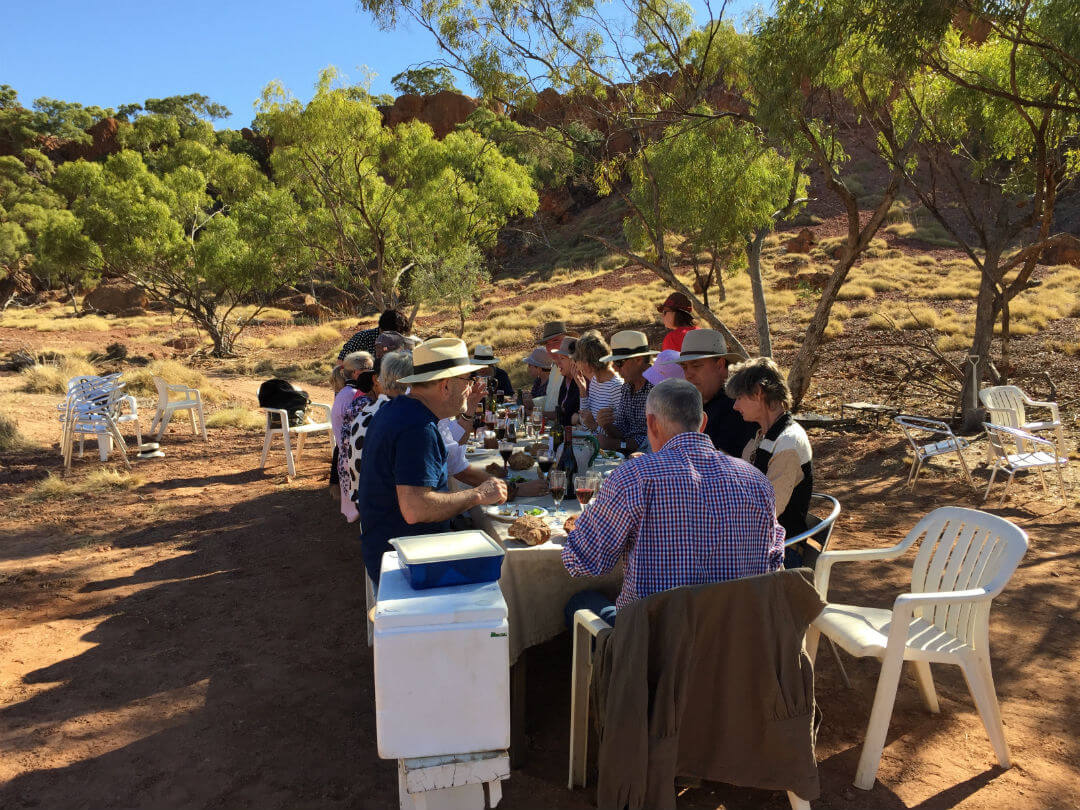
New Trends
Biodynamic Wine
Biodynamic wines meet the same production standards as organic wines, meaning no synthetic chemicals are used. It goes further, it considers a vineyard as an ecosystem and takes into account astrological influences and lunar cycles. This could mean linking planting and harvesting to the phases of the moon and positions of the planets.
Orange wine
Orange wine is made using white-wine grapes in a red-wine style of fermentation. “Unlike white wines, where the grapes are pressed and the skins thrown away, an orange wine is made with maceration of all parts of white grapes, including the skins”. This is what gives it the colour.
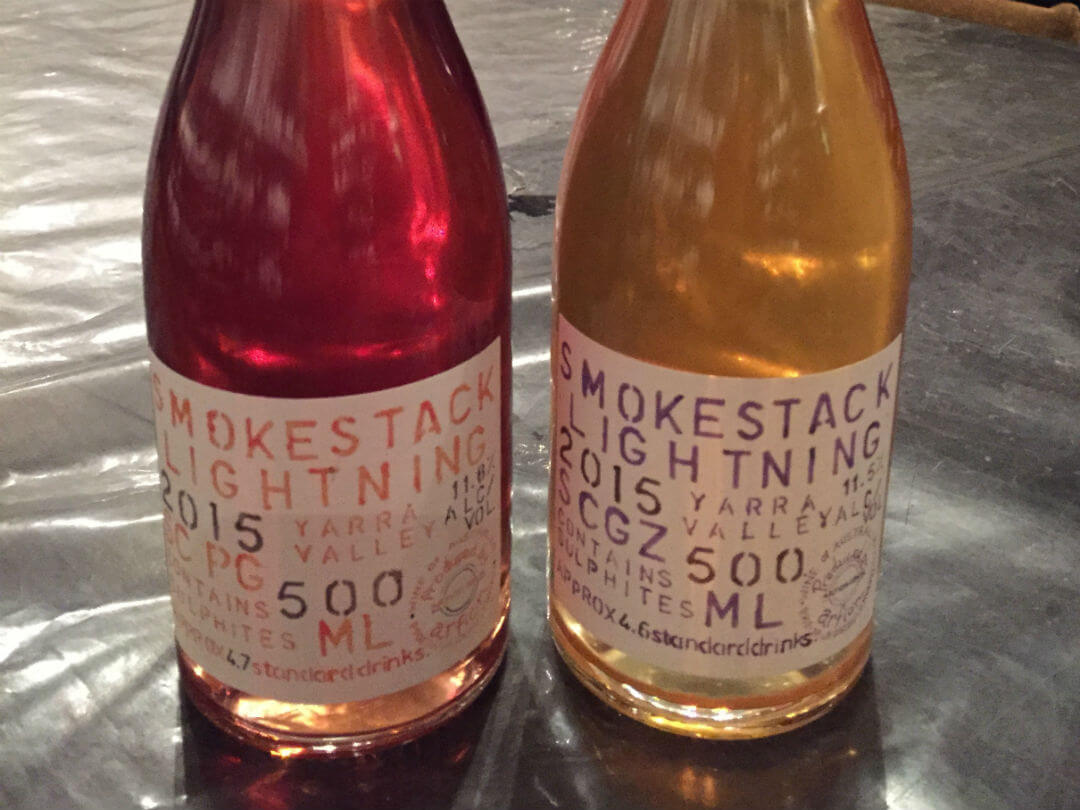
Wine Varieties
Of the 130 grape varieties in Australia, the most widely grown are
Red
Shiraz/Syrah
Caberent Sauvignon
Pinot Noir
Grenache
Merlot
Other significant varieties:
Mataro/Mourvendre
Malbec
Tempranillo
Petit Verdot
Sangiovese
White
Chardonnay
Riesling
Semillon
Sauvignon Blanc
Muscat
Other significant varieties:
Pinot Gris
Viognier
Verdelho
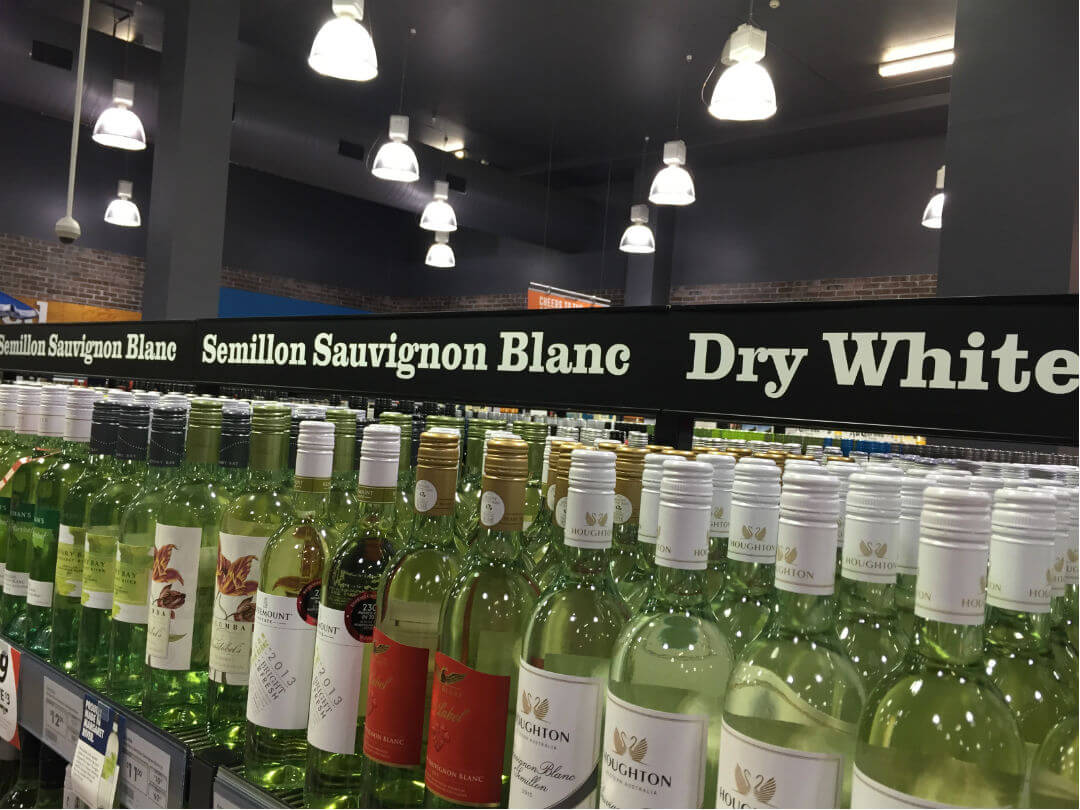
Australian Wine Regions
Barossa Valley
Barossa Valley – South Australia
The Barossa Valley’s settlers were from Prussian provinces including German speaking Silesia (now part of Poland). The influence of these hard working settlers is still part of the fabric that makes the Baroosa what it is today.
The Barossa, is made up of the Barossa Valley and its elevated, beautiful high country, Eden Valley. There is a total of 13,256 hectares of vineyards planted in the Barossa. The majority of plantings are Shiraz, with other varieties such as Grenache, Cabernet Sauvignon, Mataro, Riesling and Semillon also part of the Barossa wine tapestry.
There are 755 grape growers in the Barossa, with an average vineyard size of 17.7 hectares.
In the early days fortified wines predominated. As more Australians started to drink red table wines the Barossa lost its importance due to being largely Shiraz producers. Fashion is a fickle thing and in the 1980’s international attention for the distinctive style of Barossa Shiraz made it popular again. Thanks must go to world-renowned producers such as Penfolds and Henschke. It has gone from strength to strength ever since.
Barossa Shiraz and Eden Valley Riesling are the regional heroes, with Cabernet Sauvignon, Mataro, Grenache, Viognier, Semillon and Tawny all contributing to the Barossa Valley’s world-renowned reputation.
Popular Barossa Valley Wineries include:-
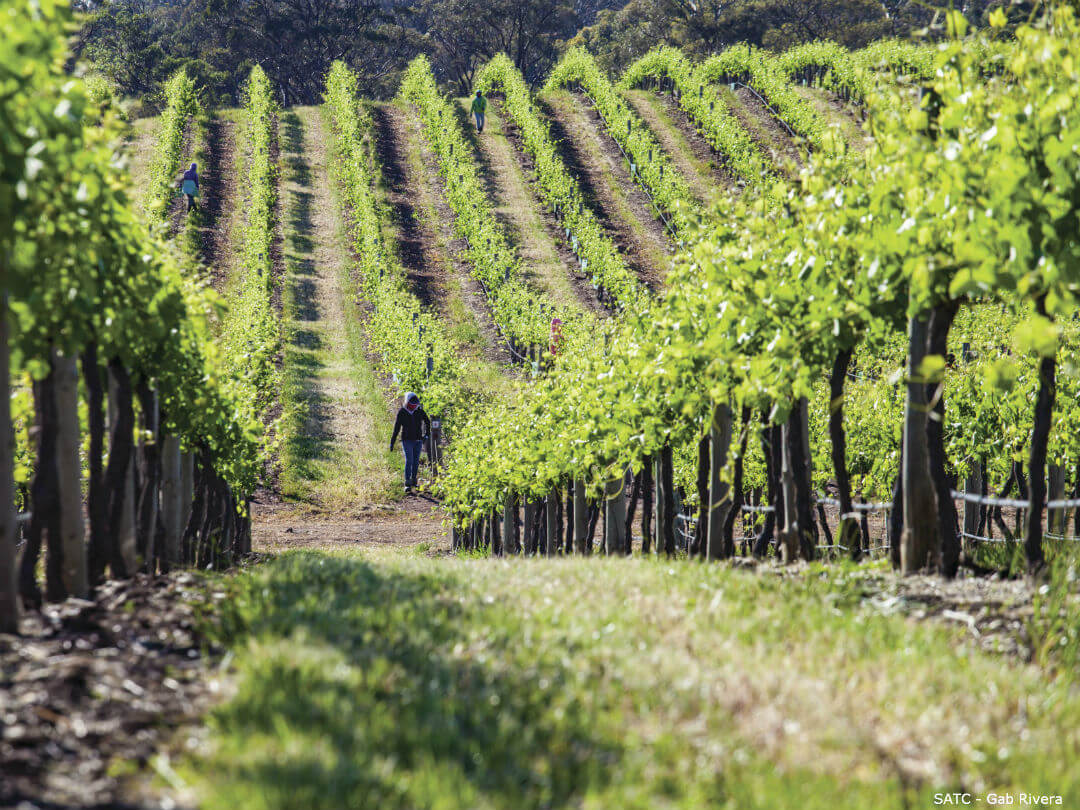
Clare Valley
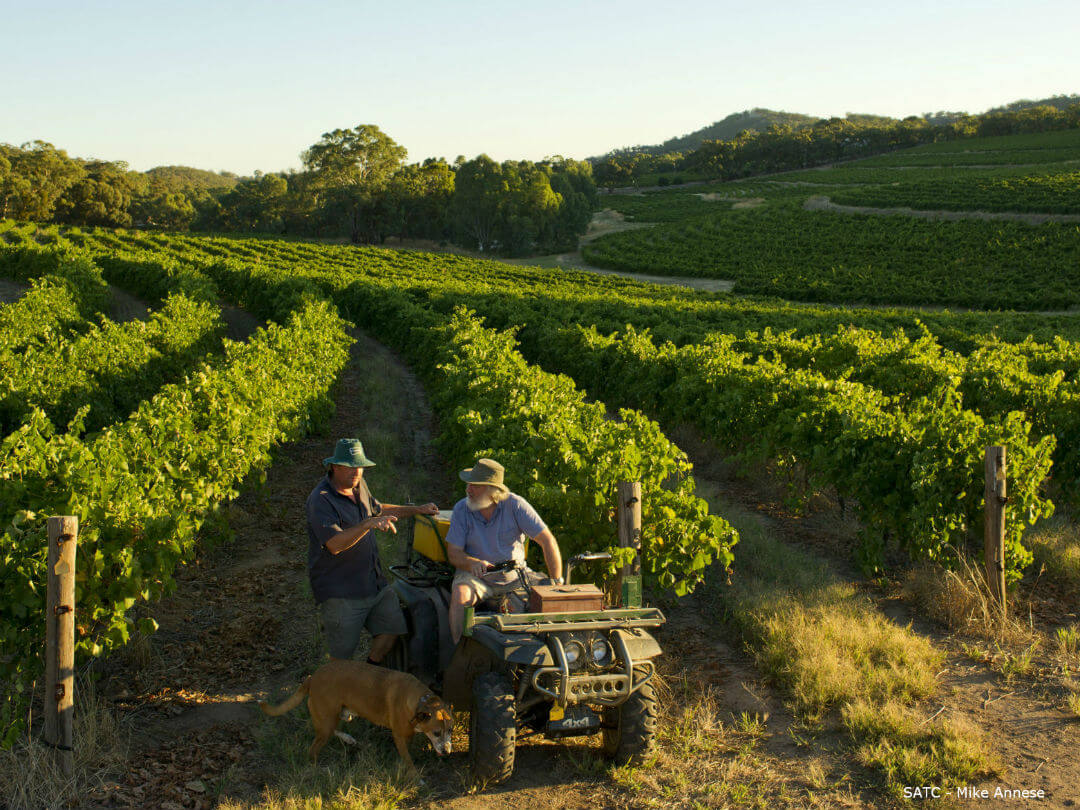
McLaren Vale
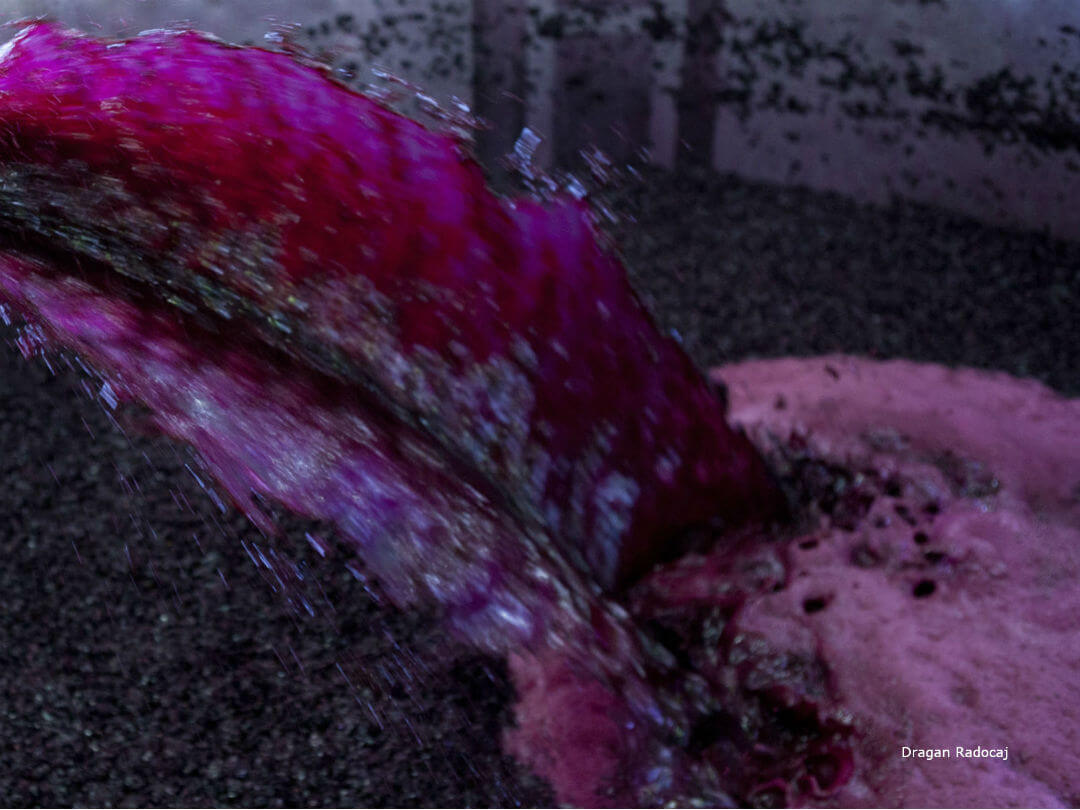
Yarra Valley
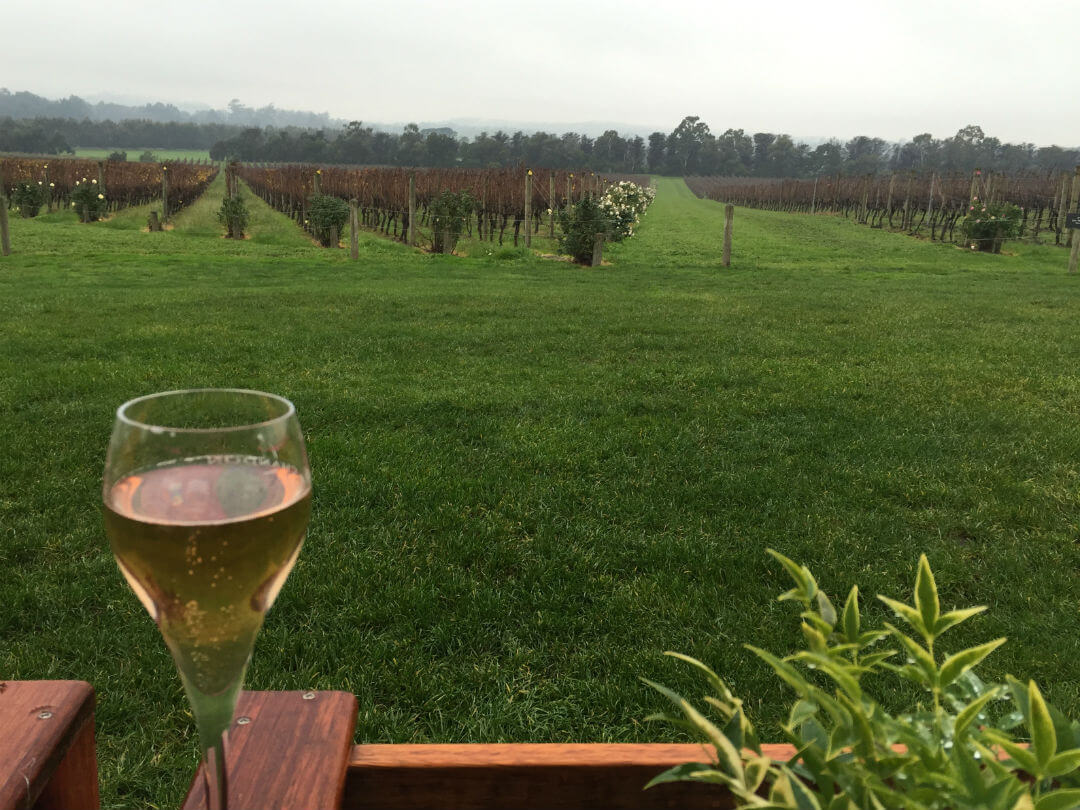
Mornington Peninsula
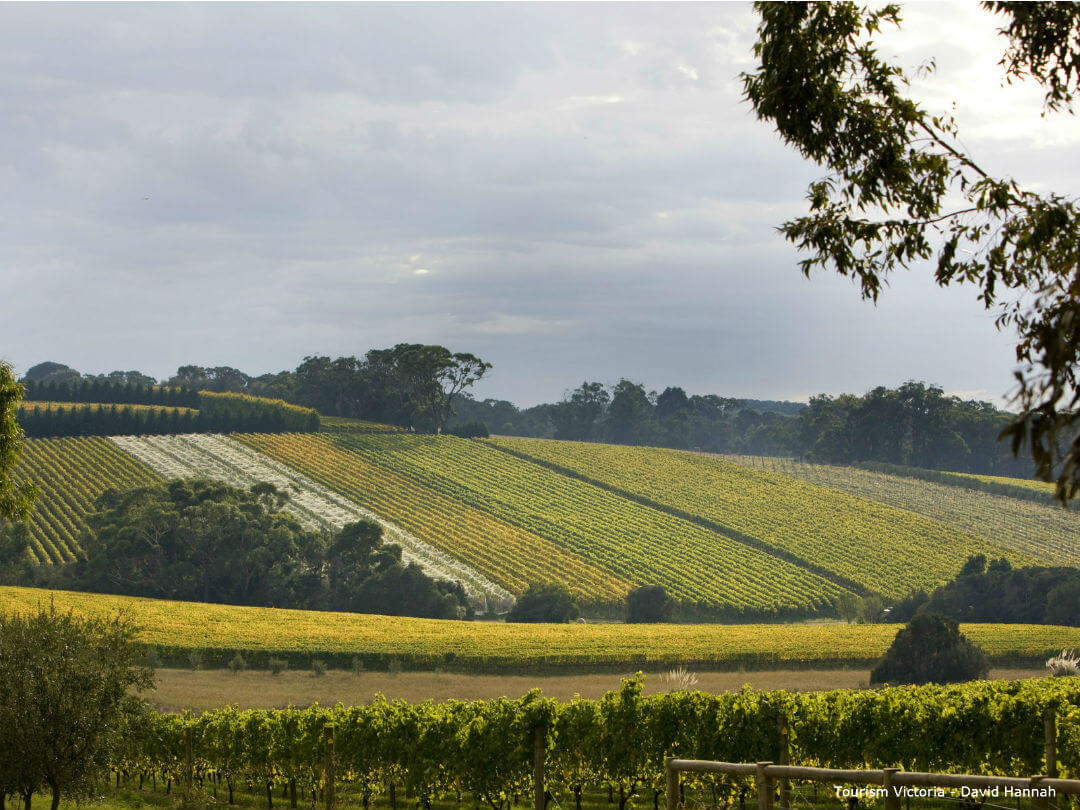
Hunter Valley
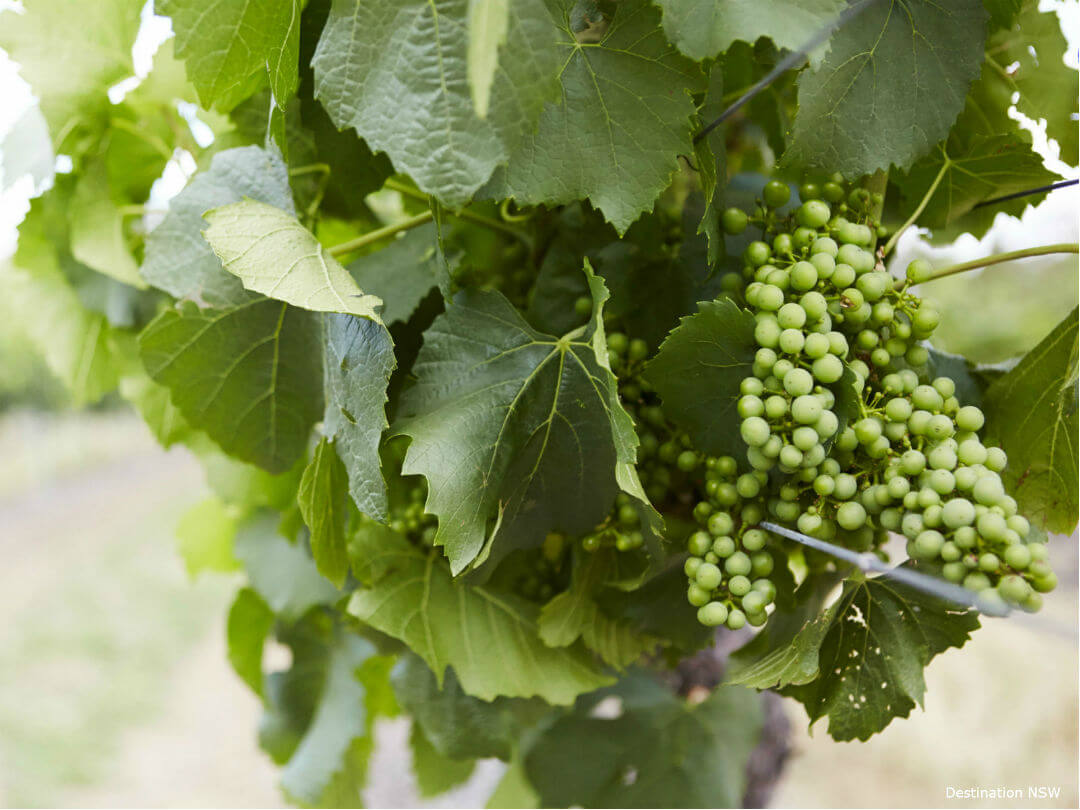
Margaret River
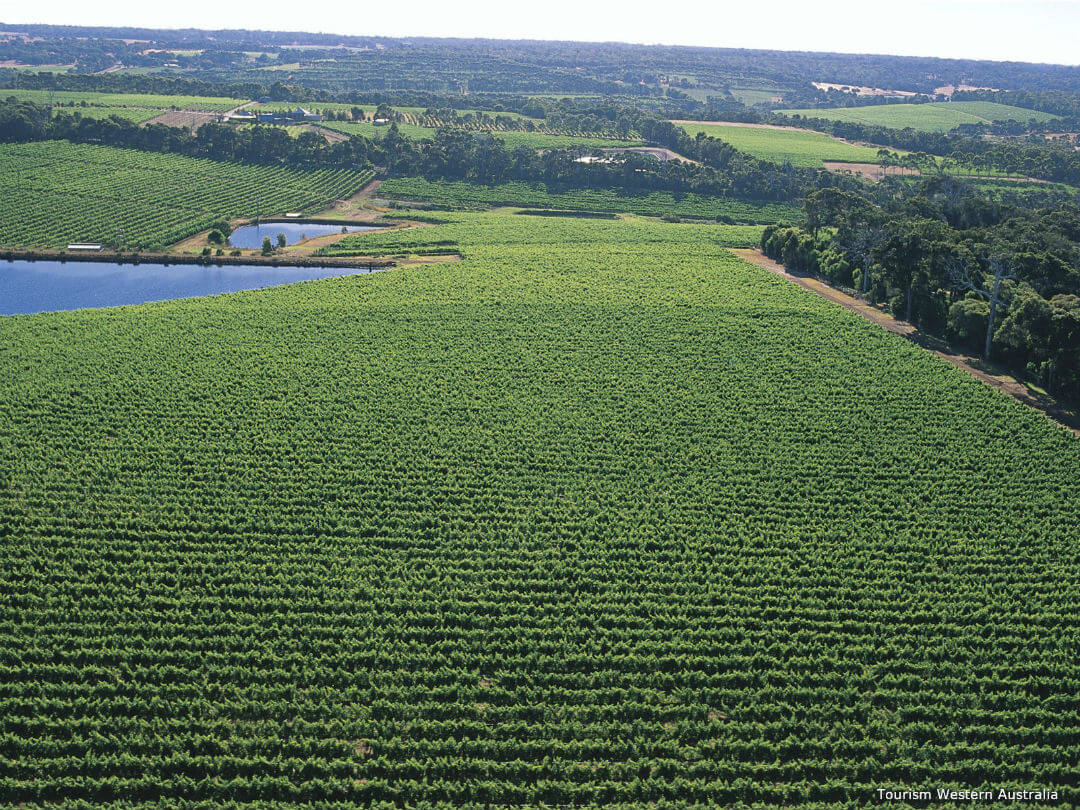
Swan Valley
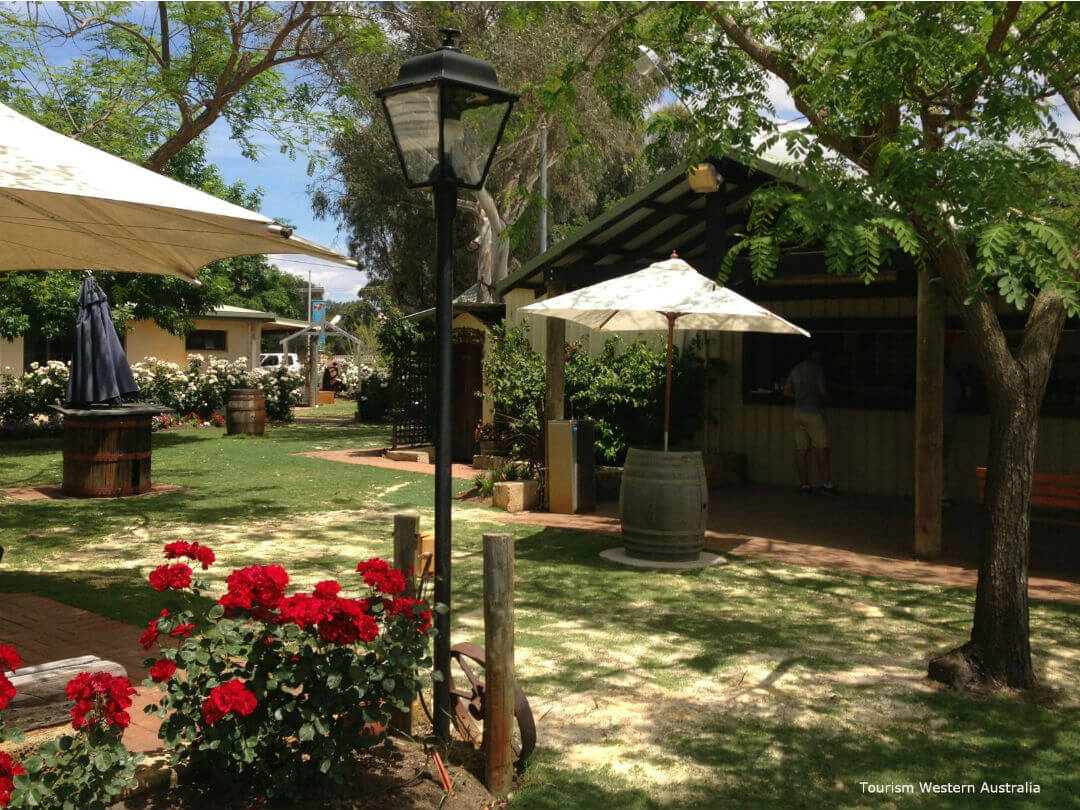
Our Favourite Wine Tours
A great day in the Barossa Valley, visit a Chateau, famous cellar doors and have lunch at Peter Lehmann’s winery. Historic towns and lookouts are also part of this tour.
- Explore Tanunda
- Lunch at Peter Lehmanns
- Langmeil – the world’s oldest shiraz
- Magic of the Whispering Wall
Visit two wineries, a vodka distillery, Matilda Bay Brewhouse and the Hunter Valley Chocolate Factory on this full day Hunter Valley food and wine tour from Sydney.
- Two Wineries
- Hunter Valley Chocolate Factory
- Hunter Distillery
- Matilda Bay Brewhouse
Enjoy wine tastings at four premium wineries on the small (max24 pax) group tour. Includes a lunch time stop at Balgownie Estate where the views rival the excellent wines.
- Steels Gate Winery
- Balgownie Estate
- Yerring Farm
- Moet & Chandon


